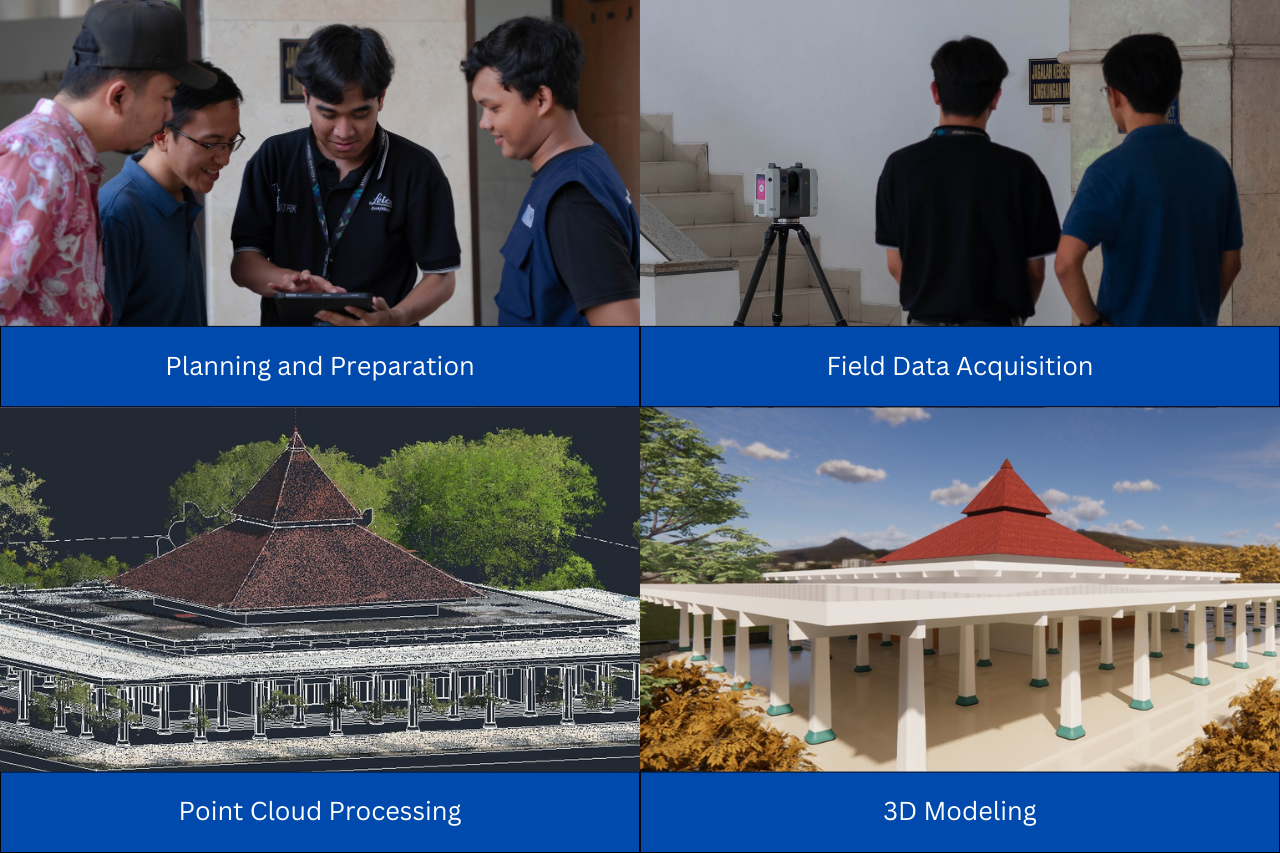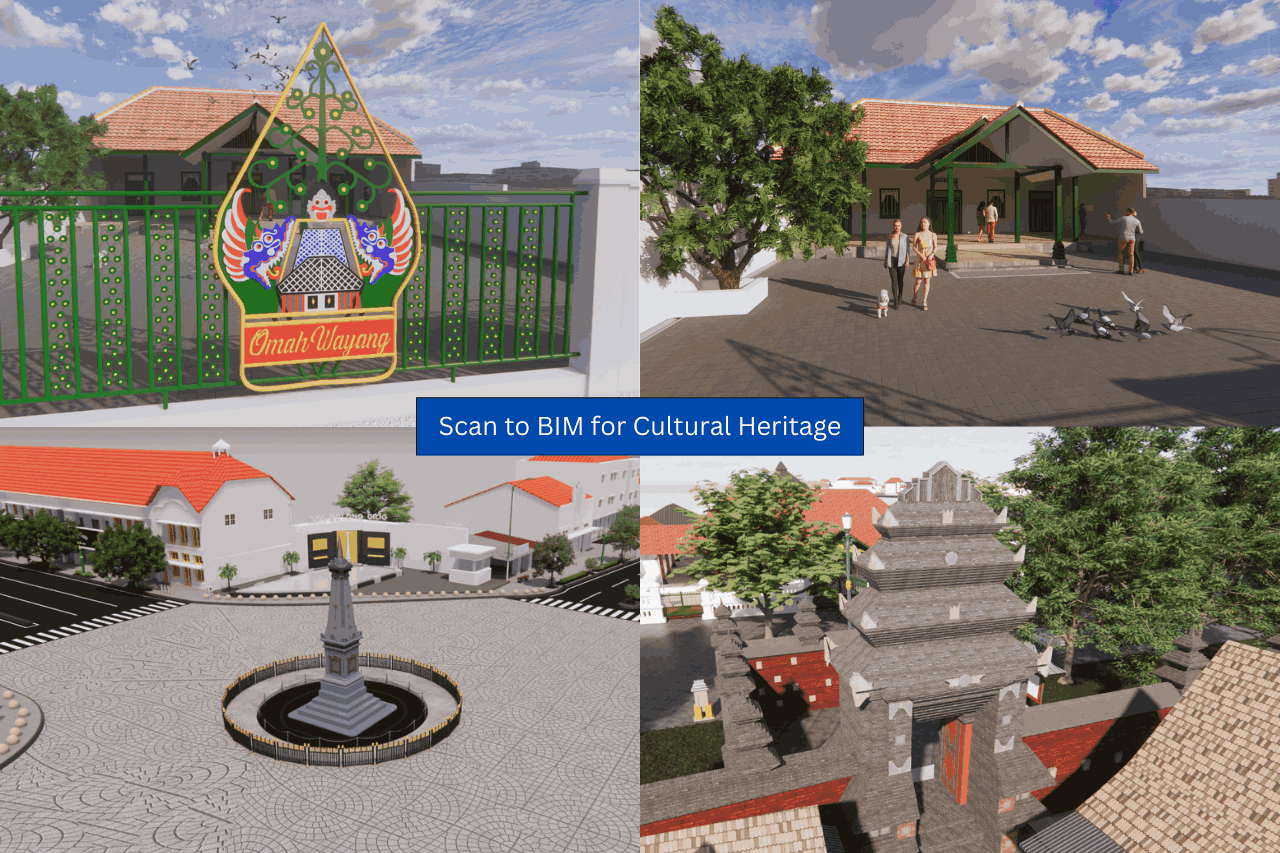One Stop BIM Solution
Historic buildings stand as guardians of priceless art, philosophy, and timeless stories of the past. Their uniqueness radiates a distinctive cultural charm and stands as a silent witness to a nation’s journey. However, over time, factors such as aging, environmental changes, and human activity can erode their authenticity and threaten their preservation. Safeguarding and maintaining cultural heritage is not a task that can be shouldered solely by governments or historians. It is a shared responsibility to ensure that the historical value and the stories behind it can be passed down to future generations.
Amid the rapid advancement of technology, a modern solution has emerged to support cultural preservation: Building Information Modeling (BIM). This technology enables the documentation of cultural heritage in a detailed, accurate, and sustainable manner, ensuring its value remains intact.
What is BIM?
BIM, or Building Information Modeling, is a digital method for creating and managing a 3D representation of a building along with all its associated data. BIM is not just about producing visual models; it is a collaborative process that spans the entire lifecycle of a building, from planning, design, and construction, to maintenance.
The Benefits of BIM for Cultural Heritage
-
Accurate Digital Documentation
BIM enables the creation of highly detailed 3D models representing the existing condition of historic buildings. These models serve as long-term digital archives, preserving valuable data even if the physical structure is damaged or lost.
-
Precise Restoration Planning
Detailed information from BIM models allows architects, conservators, and engineers to understand the original structure, ensuring restoration and repair work stays true to the original design.
-
Reduced Risk of Damage
Using methods such as Scan to BIM, data can be captured without direct physical contact, minimizing the risk of damage to fragile structures.
-
Time and Cost Efficiency
Laser scanning or drone surveys can cover large areas quickly, saving both labor and costs compared to traditional manual survey methods.
-
Multidisciplinary Collaboration
BIM facilitates collaboration among architects, engineers, historians, archaeologists, and government agencies, as all stakeholders can access the same model and data.
-
Education and Digital Tourism
3D models generated through BIM can be used to create virtual tours or interactive simulations, enhancing public education and boosting the tourism potential of heritage sites.
Conclusion
BIM is not merely a modern construction technology, it is a strategic tool to ensure cultural heritage endures over time. By combining digital precision with multidisciplinary collaboration, BIM safeguards not only the physical form but also the historical value and stories embedded within it.
GeoBIM Indonesia plays an active role in this mission by delivering cutting-edge digital solutions for cultural heritage preservation. Through technologies such as Scan to BIM, 3D Modeling, and BIM for Facility Management, we are able to document every detail of historic buildings, from their form and materials to their current condition, without disturbing fragile physical structures. The digital data produced serves as an invaluable archive for future generations, supports accurate restoration planning, enables regular condition monitoring, and helps create accessible virtual tours for the public. We believe that preserving cultural heritage is about protecting values, stories, and national identity, connecting the past to the future through technology.

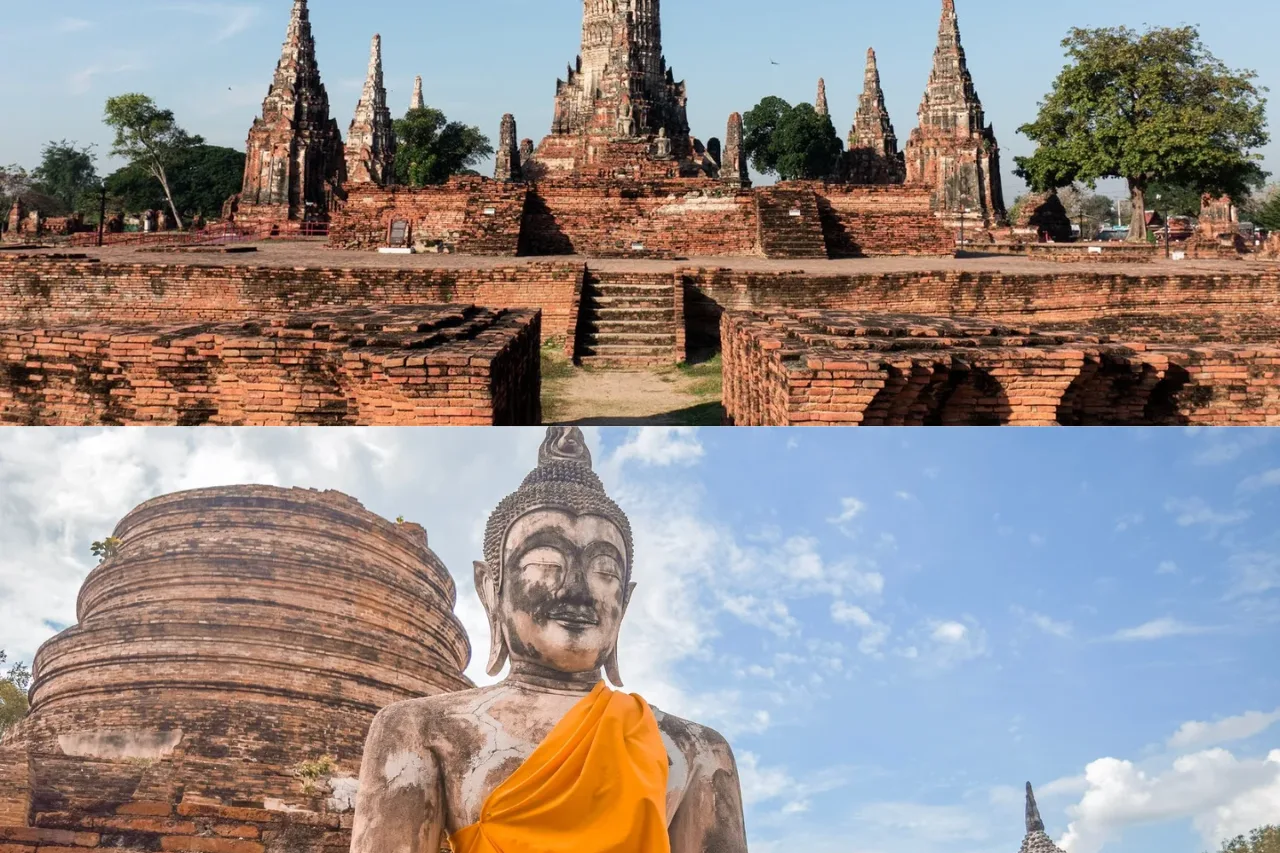

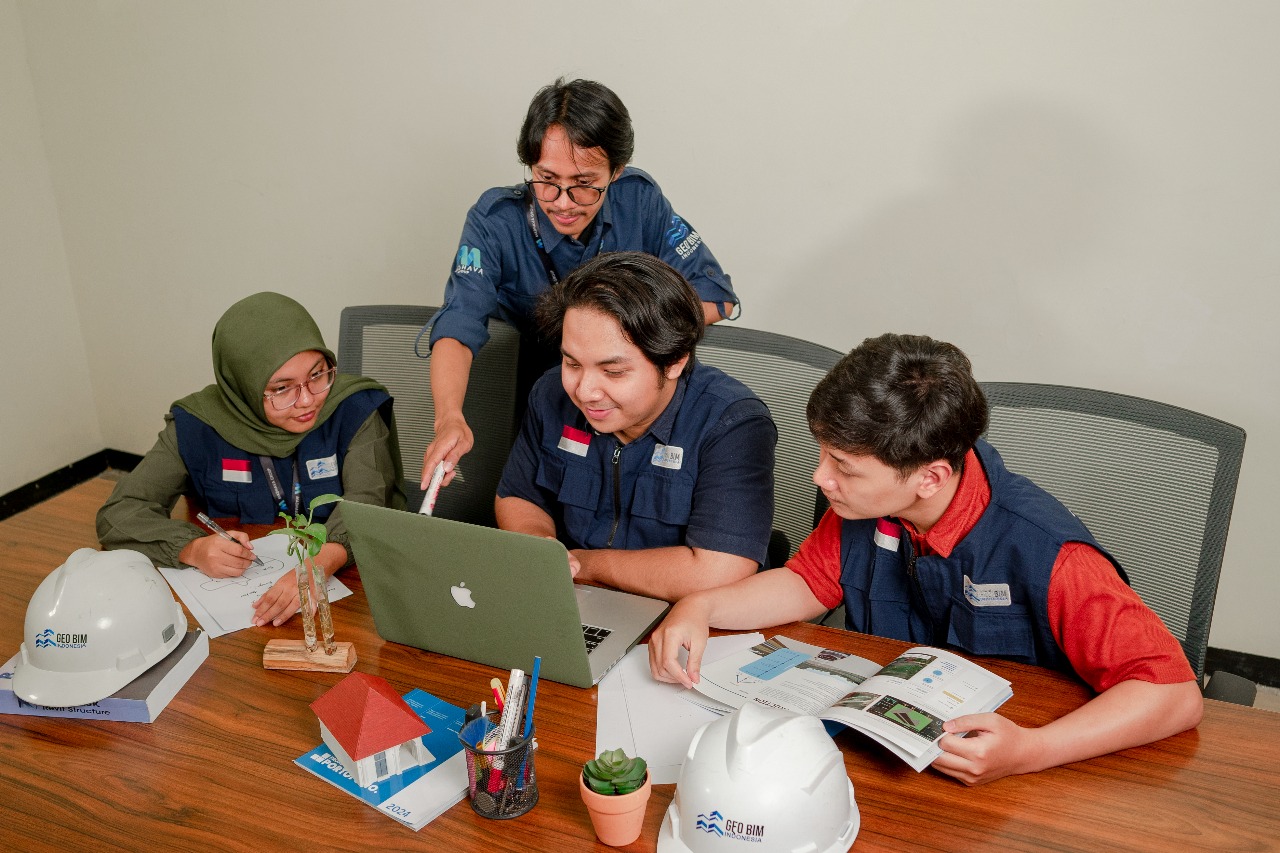
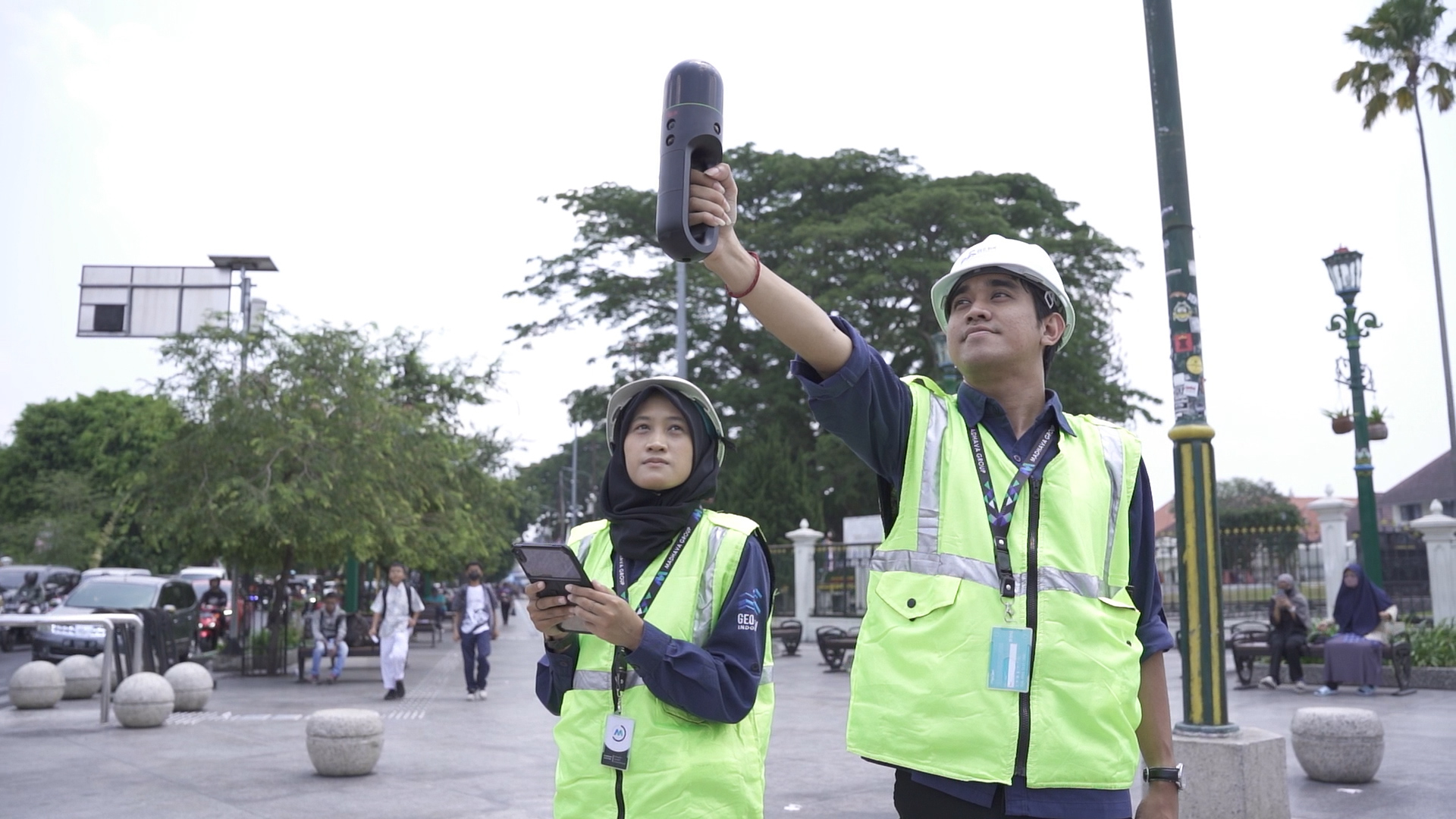
.png)
